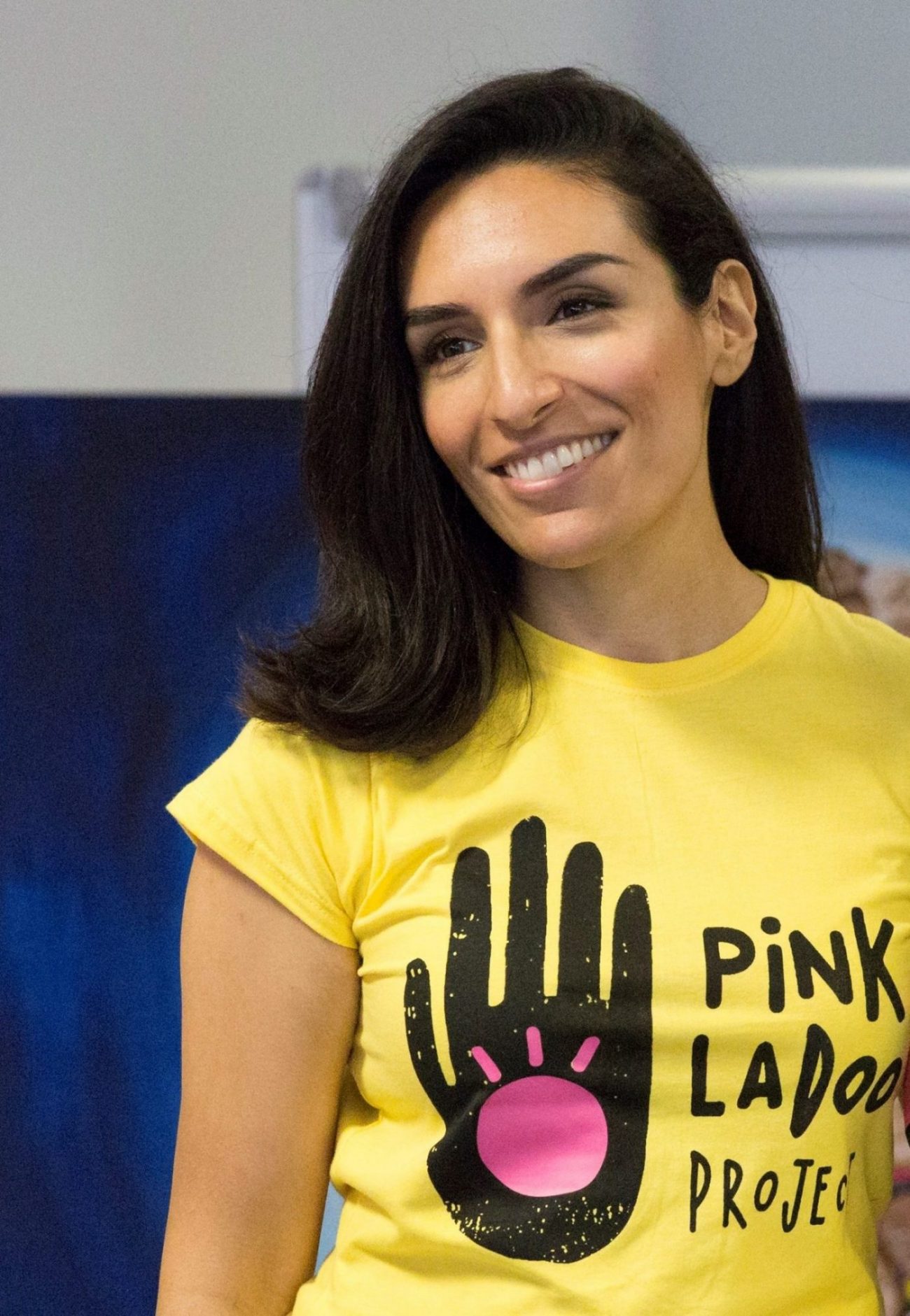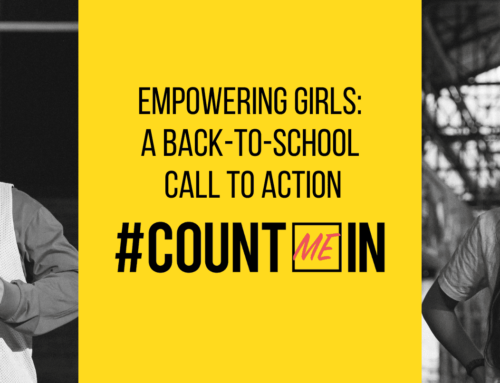Activist and author Raj Kaur Khaira created The Pink Ladoo Project in 2015, a global gender equality campaign to inspire and give South Asian families the tools to celebrate girls’ births.
For her, the whole idea came from sweets.
In some South Asian cultures, ladoo are sweets that are traditionally given out to celebrate the birth of a boy. But there is no equivalent to mark the birth of a girl. Raj was inspired to change that.
She also recently authored her first book, Stories for South Asian Supergirls. Readers are treated to the inspiring stories of 50 women from Afghanistan, Pakistan, India, Bangladesh, Nepal, Sri Lanka, Maldives, and Bhutan. Partial proceeds of the book were donated to the Canadian Women’s Foundation’s Girls’ Fund.
Here’s how Raj uses sweets and superheroes to pave the way for equality:
Can you tell us more about The Pink Ladoo Project? What do you aim to accomplish with it here in Canada and abroad?
The Pink Ladoo Project encourages South Asian families to dismantle sexist customs. Specifically, we encourage families to celebrate girls’ births by distributing ladoo coloured pink as a birth announcement to family and friends.
Pink ladoo isn’t a new idea. There is a film by the same name and people have sold pink ladoo in the past. We chose pink ladoo instead of another sweet because it’s such a strong symbol. It’s a ladoo, so you know it’s for a celebration. The colour pink tells you it’s for a girl. And the colour pink is associated with prosperity in some South Asian communities. We see it as the symbol of our protest against sexism, and to be an effective symbol it has to deliver the message instantly.
Families often give out ladoo to up to 80-100 households when they have a boy. We hope they’ll do the same when they have a girl. We’re certain that each box of ladoo will open the conversation on gender equality and on sexist customs in each household that gets one.
Sexism plays out in many families and communities in lots of different ways. What types of issues do you see South Asian girls and non-binary children experiencing in Canada?
Any discrimination that might be experienced at home further disadvantages South Asian girls and non-binary children in Canada because they are already growing up in a white imperialist capitalist heteropatriarchy. These are intertwined systems of oppression that unfortunately form the basis of our society and that discriminate against those who find themselves outside the status quo. The odds are stacked against them, and strife at home only serves to compound their struggle and pain.
What are the most impactful ways we can counter these issues?
Societal discrimination needs to be completely dismantled and stopped. It’s made up of institutional, historical, cultural, and structural sexism and racism. I think that the establishment has too much to lose from any of that being taken apart, but I think that’s the only way we will see long-lasting change.
Your book, Stories for South Asian Supergirls, was published this year. How would you say representation like this in children’s books can change things for South Asian girls, as well as for all children who read it?
I want South Asian women to realize their power. I want everyone to know that there are scores of outcomes that are possible and that drastically differ from the mainstream media’s depiction of People of Colour.
Does your work to educate, offer tools, and highlight under-told stories bring with it extra unpaid emotional labour?
The entire Pink Ladoo Project is unpaid emotional labour – I run it alone (although I did have teams of volunteers from around the world for a time) and I do not receive any proceeds from the sale of any pink ladoo. We don’t sell pink ladoo or any other merchandise. But that is unpaid emotional labour that I will happily take on. My payment is seeing the world changing slowly right before my eyes.
The unpaid emotional labour I didn’t sign up for was people telling me my campaign is irrelevant because their family celebrates girls, and non-People of Colour asking me questions about “my people” while being totally ignorant of the fact that similar issues exist within their own cultures and communities. Just look at the gender pay gap, the pocket money pay gap (where girls receive less pocket money to spend and are given less financial independence than boys), primogeniture (where special treatment and the right to inheritance is often given to the first-born son in a family), eugenics (where people who society deems to have “defects” or “undesirable traits” are discouraged from procreating) and so forth. I find that exhausting.
We have a treasured quote here at the Canadian Women’s Foundation: “Until all of us have made it, none of us have made it.” It’s from The Honourable Rosemary Brown, one of our Foundation’s founding mothers and the first Black woman elected to political office in Canada. Can you talk a bit about how your work to lift up South Asian girls fits into wider movements for gender equality?
I focus on the South Asian diaspora because that’s the experience I know. The Pink Ladoo Project was in part borne out of my frustration around the “too few women are on boards” discussion that became very topical a few years ago. I found myself laughing at the fact that there were conversations about women needing to “get a seat at the table” where women of colour were still trying to get through the front door. I felt that a lot of the “female empowerment” narrative at that time was going to result in us seeing the privileged white man replaced by the privileged white woman. I started this campaign so that diasporic South Asian families who participate in giving ladoo and other such traditions could subvert the ways in which we might hold our own women back – that way, they only have to battle societal discrimination instead of fighting sexist customs at home as well.
(Photo of Raj Kaur Khaira was taken by Raj Gedhu)
Learn More:
- Working with Youth: “Let’s Learn as Much From Them as We Expect Them to Learn from Us”
- Let’s Remove These Six Barriers to Girls’ and Women’s Leadership
- How Systems Keep on Keeping our Girls Down
Take Action:
- Sign up for our e-newsletter to have our latest stories and resources sent to your inbox.
- Follow us on Facebook and Twitter to join a national conversation about empowering girls.







